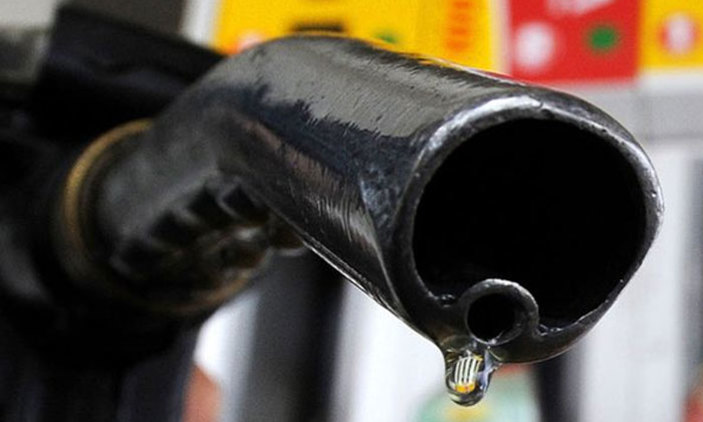According to the Energy Information Administration (EIA), demand for gasoline and diesel in the United States has hit its lowest seasonal levels since the COVID-19 pandemic began, raising concerns about stagnant economic activity. Reuters reported that refining margins have also dropped to new lows, not seen in months.
EIA data for the week ending May 3 shows that gasoline demand has reached 8.63 million barrels per day, a level last seen in May 2020 when the pandemic started. Similarly, demand for distillates has plummeted to 3.6 million barrels per day, marking a seasonal low not seen since the onset of the pandemic.
In addition, the 3-2-1 crack spread, a key indicator for refining markets, fell below $26.50 per barrel for the first time in approximately three months, reaching its lowest level in three years, according to Reuters.
These figures have sparked debates over whether economic activity is slowing down or if renewable energy sources are gaining traction in their bid to surpass fossil fuels.
Mizuho analyst Robert Yawger commented on the gasoline situation, stating that it has disappointed many and could signal broader economic challenges. He added, “If that’s indicative of the performance of the economy, that’s bad all around.”
The EIA’s inventory report revealed that U.S. distillates saw a 600,000-barrel increase in inventory for the week ending May 3, with average production at 4.8 million barrels per day. Gasoline inventory also rose by 900,000 barrels for the same week, with production averaging 9.5 million barrels per day.
Following the EIA’s weekly inventory report, crude oil prices experienced further declines. While there was a draw of 1.4 million barrels for the week ending May 3, a significant build of 7 million barrels from the previous week had already exerted downward pressure on prices.















































